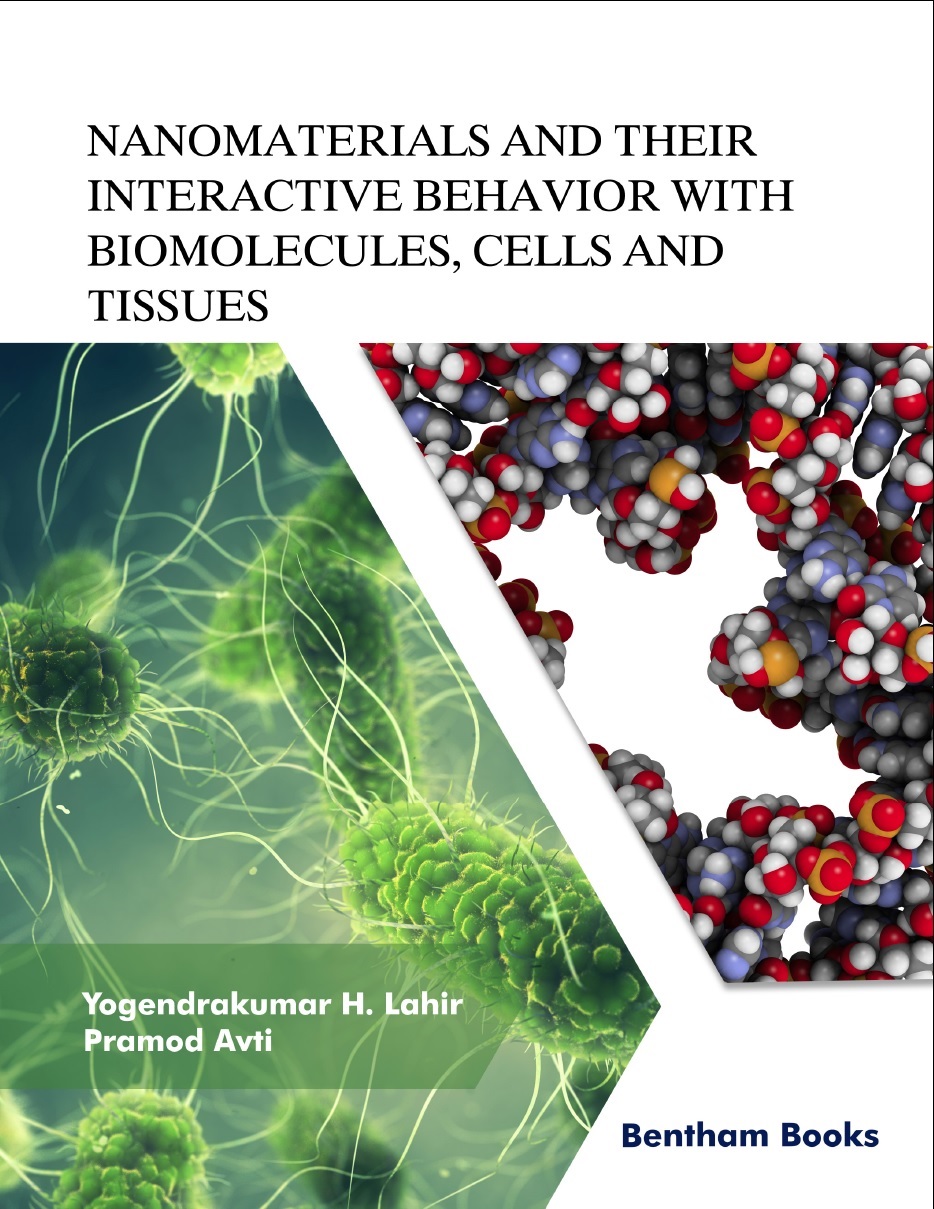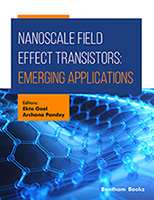Nanoscience and nanotechnology both have been utilized by a man during the early days of scientific developments under various civilizations, like ancient India, ancient Mesopotamia, ancient Egypt, ancient China, Japan, etc. During these eras, there have been scientific developments and materials in nanoforms that might be in use as it is evident from the monuments and the products found during the excavation. Possibly a common man might not be aware of the terms like nanoparticles, nanomaterials, nano synthesis, etc., except the specialized craftspersons. These specialized craftspersons might be using different terminology concerning the particular concept of dimension, size, and other properties of the materials in these eras. Nanomaterials are useful in almost all fields of present-day life. These materials have at least one dimension within 1to 100 nm ranges.
The physicochemical features of nanomaterials, mode of their synthesis, duration of exposure, and amount of nanomaterials, etc., influence their impacts on the biosystem. Most of the nanomaterials, natural and engineered, both get dispersed in all media and move across almost all types of biological barriers. This ability of nanomaterials exhibits a higher degree of derogative or beneficial interactions. These are of investigatory interest concerning biotic and abiotic components of the environment. These features make them potential agents for their varied applications in industrial, domestic, food-technology, medical, cosmetics, pharmaceutical, and other biomedical fields. Most of the administered nanomaterials get readily disbursed in the biosystem and exhibit a higher degree of metabolic interaction. Such interactions depend on the dose, physicochemical properties of nanomaterials, and cause, either conjugation or dissociation in the interactive biomolecules. The interacting nanomaterials induce changes in the biomolecular conformation, the reactive groups, molecular cross-linkage, hydrophobicity and hydrophilicity, and structural damage, and interrupt cellular functions. The harmful impacts involve micro, macromolecules, cell membrane, cell membrane receptors, cell-organelles, and metabolic pathways. The administered nanomaterials come in contact with the contents of body fluids. The adhesion of nanomaterials onto the cell membrane, even if the biomolecular corona is absent on nanomaterial. The adsorption of proteins on the surface of nanomaterials sharply reduces the adhesion in comparison to the conditions when the nanomaterials are without biological corona. The cellular uptake of the nanomaterials involves two steps: i- initial adherence of nanomaterial to the cell membrane, and ii- internalization of nanomaterial by the cell comprising the energy-dependent pathway.
In most cases, the biomolecules such as proteins, lipids, carbohydrates, etc., are present in body fluids of the biosystem. These body fluids include blood, hemolymph, lymph, or any other form of fluid present in the biosystem. The interactions between nanomaterials and biomolecules relate to the specificity of binding ability of biomolecules, the composition of nanomaterial, and their surface physical-chemistry. The effect of the nanomaterial-biomolecular complex formed; generally, the compound formed is with proteins or conjugated proteins that influence the responses of the biosystem. The nanomaterial-protein complex built plays a more significant role in their biodistribution in the biosystem because the protein-nanomaterial-complex formed becomes the identity of the nanomaterials involved within the biological system. Interaction between nanomaterial and biomolecules is a dynamic process. Since proteins are relatively in abundance, they dominate these types of interplay, resulting in the formation of complexes depending on the charge on the surface of protein molecules and nanomaterials. The conformation of the protein at the interface influences the cellular uptake of the nanomaterial. Therefore the interactions between nanomaterial and protein are of great significance in biotechnology and molecular biology. Adsorption of the proteins on the surface of nanomaterial is a complex process. It is primarily related to (i) - dielectric properties and pH of the medium, (ii)-surface morphology, and surface heterogeneity of nanomaterials and (iii) -the quaternary structure of the protein involved. This phenomenon indicates the existence of the different types of interactions between more significant multimeric proteins, nanomaterial, and small oligomeric proteins.
There is dissociation or binding of proteins present in lower concentrations, but have a higher affinity, influence the separation of conjugated proteins, and this aspect slows the kinetics. Thus the nanomaterials coated with protein can undergo enhanced cellular uptake specifically by macrophages. In most cases, opsonins are present in blood and body fluids. It enhances the ability of macrophages to recognize the surface of the particles entered the biosystem (opsonization). Opsonins like albumin, immunoglobulins, fibrinogen, and compounds of complementary system and apolipoprotein are present in body fluids. They play an active role in the clearance or elimination process in the biosystem. Apolipoproteins are the proteins that bind to lipid.
Lipids are oil-soluble substances like fat and cholesterol and form lipoproteins. These apolipoproteins transport the lipid through the lymphatic circulatory system in vertebrates and hemolymph in the case of invertebrates. The apolipoprotein and phospholipids exhibit amphipathic features having both hydrophilic and hydrophobic components, hydrophilic head and a hydrophobic tail. The apolipoprotein and phospholipids are water-soluble surround lipids and lipoproteins. These interact with enzyme cofactors, exhibit ligand-surface receptors, and low-density lipoproteins (LDL). The distribution of nanomaterials is explicit in cases, like oriented targets, like cancer cells, diseased cells, DNA, RNA, gene, etc. Surface-bound molecules like proteins can promote cell-specific uptake of nanomaterials. There are chances that nanomaterials can activate the intracellular signaling pathways. Their dispersibility in air, aquatic, and solid media depend on their nature and specificity.
Any material natural or engineered having nano dimensions and intend to interact with the biological system to evaluate, treat, augment, replace tissue and organ, and have specific functionality. The biocompatibility of such nanomaterials is the first and for most priority for their successful application. The biocompatibility of such materials is the ability to perform appropriate host-response in a specific application. The biocompatibility of nanomaterials depends on the molecular adsorption, mechanical, biophysical, and chemical cellular pathways during their cellular internalization. These interactions are either defensive, interfering oriented targets. Biocompatibility may concern long term or short term specifically for the implanted devices and tissue-engineered devices and conceptually, concerns with cytotoxicity, sensitization, irritation, genotoxicity, implantation, hemocompatibility, carcinogenicity, and biodegradability, etc. When biomaterials and hosts come in contact during surgical implants, infusion, injection, extracorporeal circuits, or in vivo bioreactor, etc., initiate the response. The processes like material degradation, cell adhesion, mechanical forces generated as a result of the administration as the host response progress with many possibilities like inadequate resolution, clinically relevant effects, either tolerable or non-tolerable, inflammation, hyperplasia, thrombosis, calcification, resolution of the reactions, clinically acceptable results also play a significant role the responses due to these interplays. Biomaterial components like metal ions, polymers, additives, contaminants of nanomaterials on cellular internalization involving specific mechanism, phagocytosis, endocytosis, pinocytosis, etc., affect the ambient intracellular environment; this can include material degradation, generation of free radicals like ROS/RNS, cellular damage, alterations in the functionality of cell organelles, interference with apoptotic and necrotic pathways, the passage into nucleus affecting gene expression or gene damage. This process involves material mediators for interactions, chemical structure, elasticity, shape, volume, topology, etc.
This presentation is an effort to understand the mechanisms and the involvement of probable parameters along with different concepts, theories, laws, and applied principles of chemistry, physics, biological sciences, and computational simulation. There is a dedicated effort to present the matter precisely, even for those who may not have a mathematical background.
CONFLICT OF INTEREST
The authors confirm that there is no conflict of interest.
Yogendra Kumar H. Lahir
Department of Biophysics
University of Mumbai
Mumbai 400098, India
&
Pramod Avti
Department of Biophysics, Research ‘B’ block
Postgraduate Institute of Medical Education and Research
Chandigarh 160012, India





